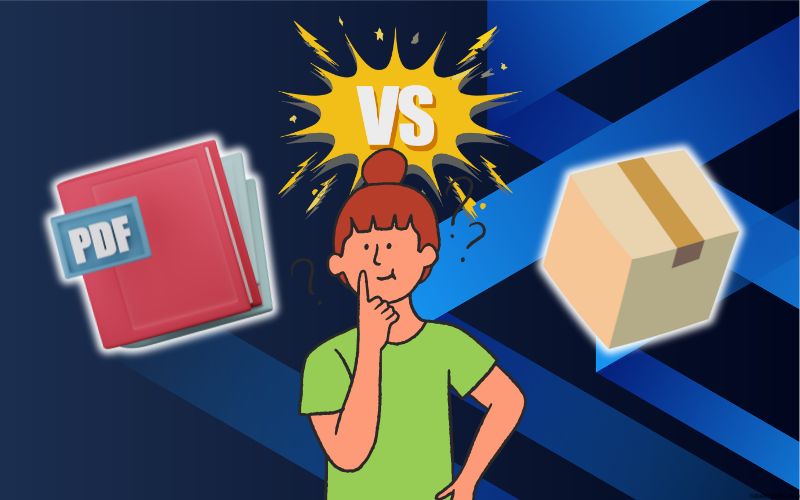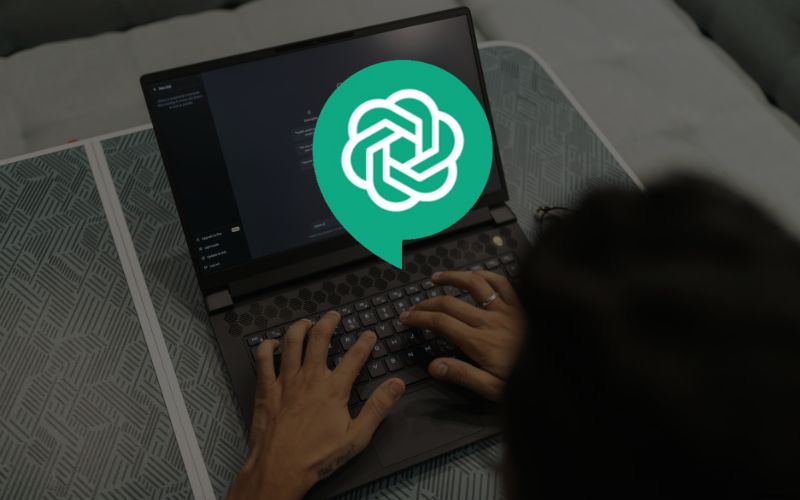Digital Products vs Physical Products: Which Makes More Money in 2026? (Full Breakdown)
If you’ve ever wanted to start an online business, you’ve probably asked yourself:
“Should I sell digital products or physical products?”
It’s a common question — and in 2025, the answer has never been more important.
Both can make you money, but they come with completely different startup costs, effort levels, and profit margins.
So in this video, we’re breaking down:
✅ The pros and cons of both models
✅ Real-world examples of what’s selling
✅ Startup steps for each
✅ And which one is better for you — depending on your goals.
Stay till the end, because I’ll show you how to combine both models using AI tools to double your income potential.
Let’s jump in.
1. What Are Digital Products?
Digital products are intangible items that can be downloaded or accessed online — no shipping, no packaging, and no physical inventory.
Examples include:
eBooks and guides
Canva templates
Online courses
Digital planners or Notion dashboards
Stock photos, AI prompts, or design assets
You create it once and sell it an unlimited number of times. That’s what makes digital products a passive income powerhouse.
Let’s say you create a $25 eBook. You write it once, upload it to Gumroad or Payhip, and every time someone buys it — you make money automatically.
Even if you make just 10 sales a week, that’s $1,000/month from a product you created once.
2. What Are Physical Products?
Physical products are tangible goods that require production, packaging, and delivery to the buyer.
Examples include:
Handmade jewelry
Apparel or merchandise
Coffee mugs or home decor
Beauty and wellness products
Phone cases or gadgets
They can be handmade, manufactured, or print-on-demand.
For instance, if you create T-shirt designs and use Printify or Printful, they’ll handle printing and shipping for you. You just upload the design and list it on Etsy or Shopify.
Unlike digital products, your income depends on inventory and logistics, but physical items often feel more real and build stronger brand trust.
3. Cost Comparison — Digital vs Physical
Let’s talk numbers.
| Category | Digital Products | Physical Products |
|---|---|---|
| Startup Cost | Almost zero (just your time + Canva or ChatGPT) | $200–$1,000+ (materials, inventory, samples) |
| Profit Margin | 80–100% | 20–50% |
| Delivery | Instant download | Shipping or fulfillment |
| Scalability | Unlimited | Limited by production |
| Risk | Very low | Higher (unsold inventory) |
| Automation | Easy with AI tools | Requires human involvement |
In short, digital products win in scalability and profit margin.
But physical products win in brand credibility and gifting appeal.
4. Pros & Cons of Digital Products
✅ Pros:
Low startup costs – You can start with almost no money.
Instant delivery – No need for packaging or shipping.
Scalable – Sell the same product infinitely.
Global reach – You’re not limited by geography.
Automation-friendly – Perfect for passive income systems.
❌ Cons:
More competition – Especially in popular niches.
Piracy risk – Some files may get shared illegally.
No physical connection – Some buyers prefer tangible products.
Requires marketing – You need traffic to make consistent sales.
5. Pros & Cons of Physical Products
✅ Pros:
Tangible value – Buyers can see and touch the product.
Easier to brand – Custom packaging increases perceived value.
Loyal customers – Great for repeat purchases.
Better for influencers – Unboxing videos, product reviews, etc.
❌ Cons:
Inventory risk – Unsold stock eats into profits.
Shipping challenges – Delays, costs, and handling issues.
Lower margins – Manufacturing and logistics reduce profits.
Harder to scale – You need systems to grow.
6. Real-World Examples
💻 Digital Product Example:
Let’s say you create a “Small Business Planner” in Canva.
You list it on Etsy for $19.
You sell 100 copies in a month — that’s $1,900 with zero shipping costs.
Now you repurpose it as a Notion template, sell it again, and double your income.
📦 Physical Product Example:
Let’s say you sell custom candles on Etsy.
You make them for $5 each and sell them for $20.
Your profit is $15 per candle.
You sell 200 candles in a month — that’s $3,000 profit.
But you had to handle materials, shipping, and packaging.
Both work — but they appeal to different types of entrepreneurs.
7. Which One Should You Start With?
Ask yourself these three questions:
Do you want passive or active income?
→ Choose digital if you prefer automation and scalability.Do you enjoy crafting or tangible products?
→ Choose physical if you like creating handmade goods or products people can touch.Do you want fast results?
→ Digital products can launch in a few days.
Physical products usually take weeks to set up and test.
If you’re brand new, digital products are the faster and lower-risk option.
8. How to Combine Both
Here’s where things get powerful — you can combine both.
For example:
Sell physical journals on Etsy.
Offer a free digital planner as a bonus (collecting emails).
Then upsell a digital course or eBook teaching productivity.
Or:
Sell AI art posters as digital downloads.
Offer a print-on-demand physical version for premium buyers.
Combining both gives you multiple income streams and builds a loyal audience faster.
9. Tools to Get Started
Here are some tools that make everything easier:
🧠 Digital Product Tools:
Canva – Design your product.
ChatGPT / Gemini – Write content, eBooks, and guides.
Gumroad / Payhip – Sell instantly online.
Notion – Create templates and dashboards.
📦 Physical Product Tools:
Printify / Printful – Print-on-demand store setup.
Etsy / Shopify – Selling platforms.
Canva – Design product mockups.
10. Conclusion + CTA
So — digital or physical?
The truth is, both can make you money.
But if you’re just starting out and want low cost, high profit, and easy automation — digital products are the clear winner.
If you love branding, packaging, or the idea of people using your creations in real life — go with physical.
And if you’re smart, combine both for a hybrid business that grows automatically.
To help you start your digital product journey, download my Free Hidden Income Starter Kit — it walks you through step-by-step how to create and sell your first digital product online.
And when you’re ready to scale, grab my AI-Powered Mini Course Blueprint — it shows you how to use AI tools to create, market, and sell your own course or digital product on autopilot.
Digital Products vs Physical Products: Which Makes More Money in 2026? (Full Breakdown) Read More »

















